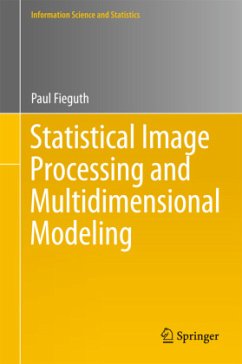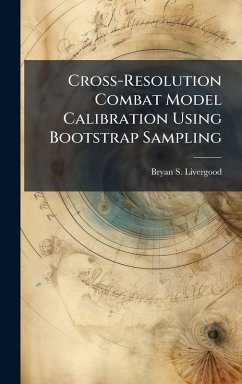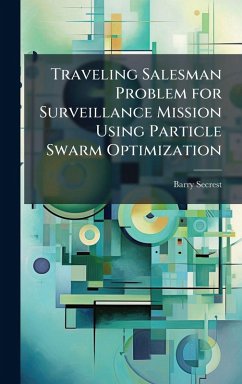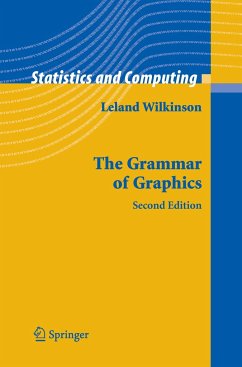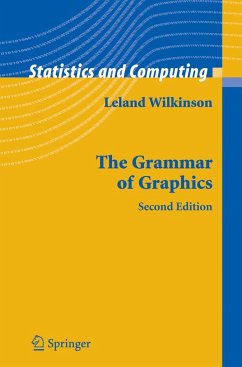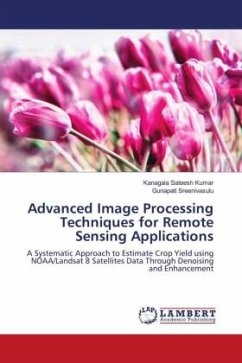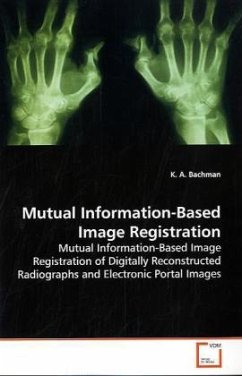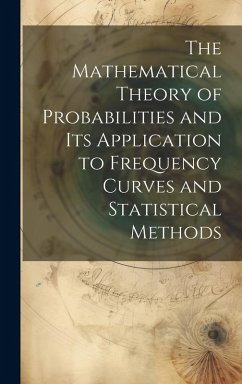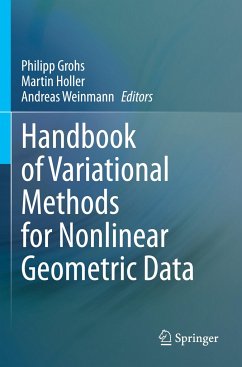
Statistical Methods for Image Registration and Denoising
Versandkostenfrei!
Versandfertig in über 4 Wochen
29,99 €
inkl. MwSt.
Weitere Ausgaben:

PAYBACK Punkte
15 °P sammeln!
This dissertation describes research into image processing techniques that enhance military operational and support activities. The research extends existing work on image registration by introducing a novel method that exploits local correlations to improve the performance of projection-based image registration algorithms. The dissertation also extends the bounds on image registration performance for both projection-based and full-frame image registration algorithms and extends the Barankin bound from the one-dimensional case to the problem of two-dimensional image registration. It is demonst...
This dissertation describes research into image processing techniques that enhance military operational and support activities. The research extends existing work on image registration by introducing a novel method that exploits local correlations to improve the performance of projection-based image registration algorithms. The dissertation also extends the bounds on image registration performance for both projection-based and full-frame image registration algorithms and extends the Barankin bound from the one-dimensional case to the problem of two-dimensional image registration. It is demonstrated that in some instances, the Cramer-Rao lower bound is an overly-optimistic predictor of image registration performance and that under some conditions, the Barankin bound is a better predictor of shift estimator performance. The research also looks at the related problem of single-frame image denoising using block-based methods. The research introduces three algorithms that operate by identifying regions of interest within a noise-corrupted image and then generating noise free estimates of the regions as averages of similar regions in the image. This work has been selected by scholars as being culturally important, and is part of the knowledge base of civilization as we know it. This work was reproduced from the original artifact, and remains as true to the original work as possible. Therefore, you will see the original copyright references, library stamps (as most of these works have been housed in our most important libraries around the world), and other notations in the work. This work is in the public domain in the United States of America, and possibly other nations. Within the United States, you may freely copy and distribute this work, as no entity (individual or corporate) has a copyright on the body of the work. As a reproduction of a historical artifact, this work may contain missing or blurred pages, poor pictures, errant marks, etc. Scholars believe, and we concur, that this work is important enough to be preserved, reproduced, and made generally available to the public. We appreciate your support of the preservation process, and thank you for being an important part of keeping this knowledge alive and relevant.



